Brown transferware Stoke-on-Trent pattern, looking for info
linnea56 (zone 5b Chicago)
15 years ago
Related Stories

HOUZZ TOURSHouzz Tour: Bringing Out the Midcentury in San Francisco
Renters give their 1950s apartment loads of personal style with color, pattern and a rediscovered wood floor
Full Story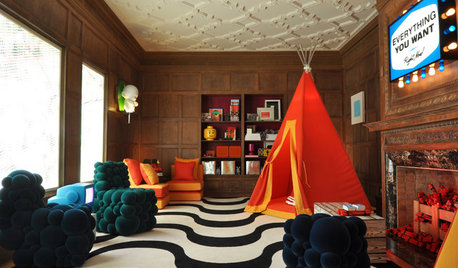
DESIGNER SHOWCASESGlamour Ahead: Get In on the 2013 San Francisco Decorator Showcase
Take an inspiring virtual tour of 20 luxurious spaces in a Georgian mansion that push design and decorating drama to the max
Full Story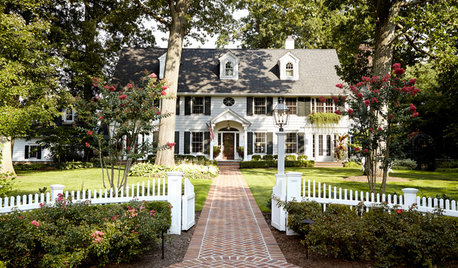
DECORATING GUIDESHouzz Tour: Much to Like About This Traditional Beauty
New elements mix well with old in a New Jersey family’s elegant and comfortable colonial revival home
Full Story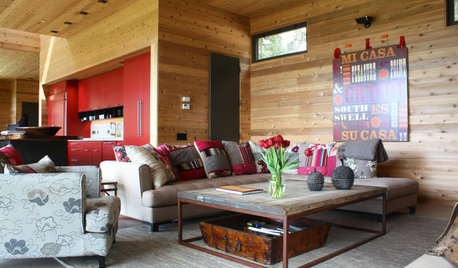
HOUZZ TOURSMy Houzz: Contemporary Camp Style Wows on the U.S. West Coast
Guest cabins, a barn for parties and a spacious communal bathroom make a couple's coastal home an entertaining dream
Full Story
DECORATING GUIDESWorld of Design: Decorating Ideas From 10 Renters Around the Globe
Even if you don’t own your home, you can live beautifully. Browse these ideas from international tenants who’ve made their spaces special
Full Story





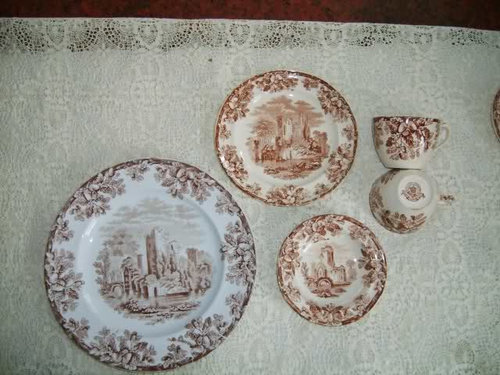
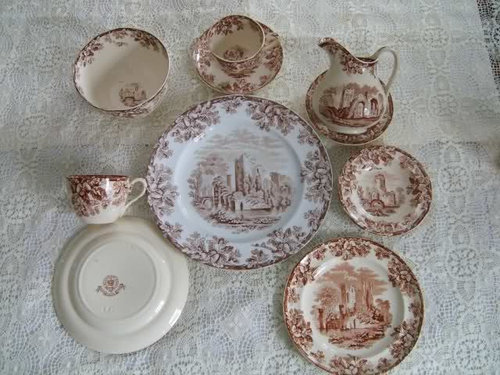
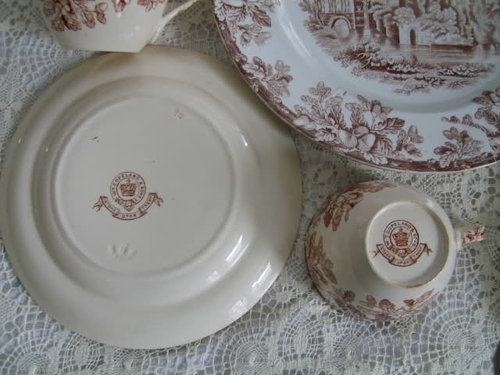

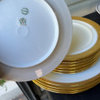


Ideefixe
lindac
Related Professionals
Greenville Furniture & Accessories · Minneapolis Furniture & Accessories · Tulsa Furniture & Accessories · Clark Furniture & Accessories · La Habra Interior Designers & Decorators · Liberty Township Interior Designers & Decorators · Greenville Painters · Champaign Painters · Knightdale Painters · San Marino Painters · Santa Ana Painters · Wareham Painters · Bridgeview Painters · Stamford Furniture & Accessories · Baltimore Professional Organizerslinnea56 (zone 5b Chicago)Original Author
lindac
linnea56 (zone 5b Chicago)Original Author
lindac
lindac
linnea56 (zone 5b Chicago)Original Author
lindac
mlharper
linnea56 (zone 5b Chicago)Original Author
Debra Vessels
linnea56 (zone 5b Chicago)Original Author